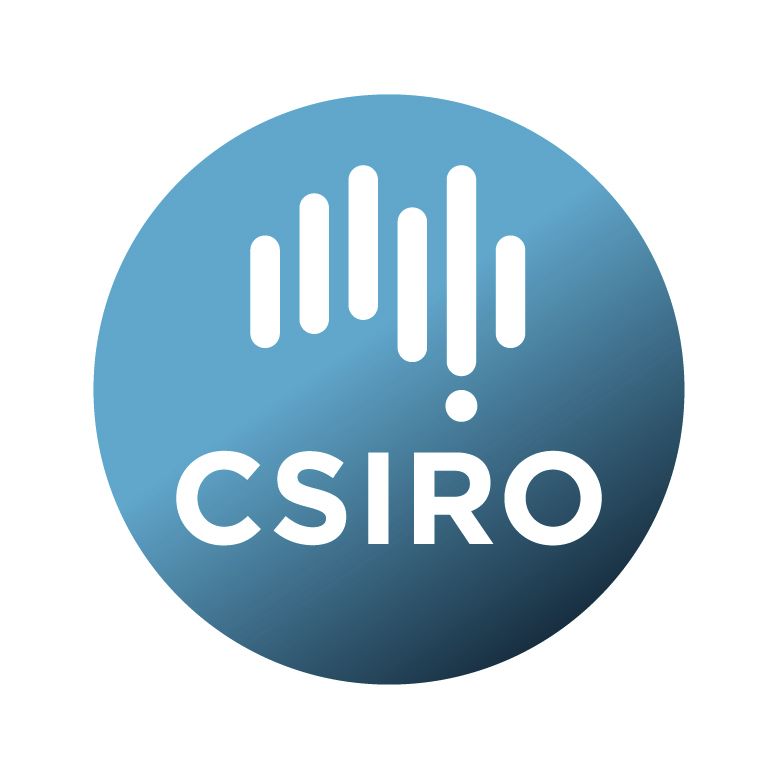Brief description
This is Version 1 of the Australian Available Phosphorus product of the Soil and Landscape Grid of Australia.The map gives a modelled estimate of the spatial distribution of available phosphorus in soils across Australia.
The Soil and Landscape Grid of Australia has produced a range of digital soil attribute products. Each product contains six digital soil attribute maps, and their upper and lower confidence limits, representing the soil attribute at six depths: 0-5cm, 5-15cm, 15-30cm, 30-60cm, 60-100cm and 100-200cm. These depths are consistent with the specifications of the GlobalSoilMap.net project (https://esoil.io/TERNLandscapes/Public/Pages/SLGA/Resources/GlobalSoilMap_specifications_december_2015_2.pdf). The digital soil attribute maps are in raster format at a resolution of 3 arc sec (~90 x 90 m pixels).
Detailed information about the Soil and Landscape Grid of Australia can be found at - https://esoil.io/TERNLandscapes/Public/Pages/SLGA/index.html
Attribute Definition: Available Phosphorus
Units: mg/kg;
Period (temporal coverage; approximately): 1970-2021;
Spatial resolution: 3 arc seconds (approx 90m);
Total number of gridded maps for this attribute: 18;
Number of pixels with coverage per layer: 2007M (49200 * 40800);
Data license : Creative Commons Attribution 4.0 (CC BY);
Target data standard: GlobalSoilMap specifications;
Format: Cloud Optimised GeoTIFF;
Lineage: This dataset models the spatial distribution of Available Phosphorus using a commonly measured analyte, bicarbonate - extractable phosphorus (Colwell P) (Method 9B1 & 9B2 - Rayment and Lyons 2010). It provides estimates of Colwell P across Australia for each Global Soil Map (GSM) depth interval at a 3 arcsecond resolution (80 - 100m pixel depending on where in Australia). The data is supplied as single band GeoTiff rasters and includes the 5th, 50th and 95th percentile predictions (Based on a 90% confidence interval) for each GSM depth.
Legacy Colwell P data currently stored in government agency soil databases in Australia that are from non-fertilised, non-cropped relatively undisturbed sites is being used to estimate AP. No new P data was collected for this project. Agency data was accessed using the newly developed Soil Data Federator Web API (Searle, pers.coms.). The Cowell P point data was combined with environmental covariates from the TERN national set to build a model of how Cowell P varies across Australia. Covariates were selected that best reflected the geography, geology, and climate of Australia. The model was built using the machine learning algorithm, Random Forests, which is commonly used in digital soil mapping in Australia.
All processing for the generation of these products was undertaken using the R programming language. R Core Team (2020). R: A language and environment for statistical computing. R Foundation for Statistical Computing, Vienna, Austria. URL https://www.R-project.org/.
Code - https://github.com/AusSoilsDSM/SLGA
Observation data - https://esoil.io/TERNLandscapes/Public/Pages/SoilDataFederator/SoilDataFederator.html
Covariate rasters - https://esoil.io/TERNLandscapes/Public/Pages/SLGA/GetData-COGSDataStore.html
Available: 2024-08-28
Data time period: to 2022-07-27
Subjects
3-dimensional soil mapping |
Attribute |
Available |
Continental |
DSM |
Digital Soil Mapping |
Environmental Sciences |
Global Soil Map |
Phosphorus |
Raster |
SLGA |
Soil |
Soil Maps |
Soil Sciences |
Soil Sciences Not Elsewhere Classified |
Spatial modelling |
Spatial uncertainty |
TERN |
TERN_Soils |
TERN_Soils_DSM |
User Contributed Tags
Login to tag this record with meaningful keywords to make it easier to discover
Identifiers
- DOI : 10.25919/6QZH-B979

- Handle : 102.100.100/448261

- URL : data.csiro.au/collection/csiro:55864



